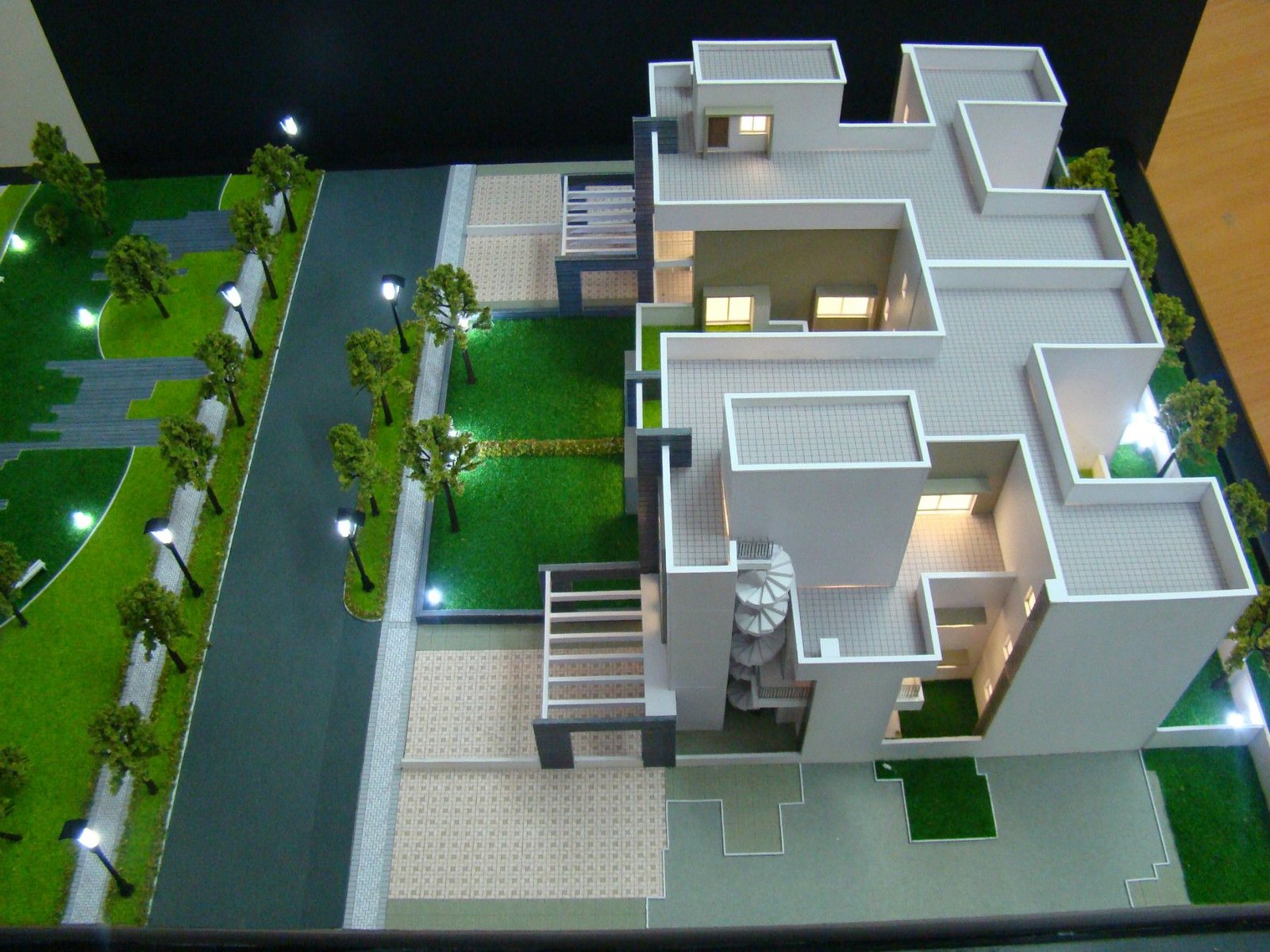Renovating a home can be an exciting yet challenging process. Whether you are updating a single room or undertaking a complete overhaul, working with an architect can make a significant difference in the outcome. Architects bring a wealth of knowledge, creativity, and experience to the table, ensuring that renovations are both aesthetically pleasing and functional. Here’s a closer look at the vital role architects play in home renovations.
1. Assessing the Existing Space
Before starting any renovations, architects carefully assess the current structure and layout of your home. They identify strengths, weaknesses, and any potential issues that could impact the renovation process. This step ensures that any changes made will work seamlessly with the existing structure and maximize the available space.
What architects look for during assessments:
- Structural integrity of walls, foundations, and roofing.
- Potential design limitations due to the building’s age or condition.
- Opportunities to improve energy efficiency and sustainability.
- Compliance with local building codes and regulations.
By understanding these factors early on, architects can help avoid costly mistakes and ensure a safe and efficient renovation.
2. Creating a Vision and Design Plan
One of the primary roles of an architect in a home renovation is to develop a clear design plan. They take your ideas, needs, and preferences and translate them into a functional, cohesive design. This plan serves as the blueprint for the entire renovation process, guiding every decision from layout to materials.
Key aspects of the design process:
- Space planning: Architects create layouts that optimize space, improve flow, and enhance functionality.
- Aesthetic design: They ensure that the design aligns with your desired aesthetic, whether it’s modern, traditional, or something in between.
- Materials and finishes: Architects recommend sustainable, durable materials that suit your budget and style preferences.
- Lighting and ventilation: They plan for natural light and proper ventilation to ensure the spaces feel comfortable and healthy.
A well-thought-out design plan sets the foundation for a successful renovation, ensuring that every aspect is carefully considered.
3. Managing the Budget
Home renovations can quickly become costly if not properly managed. Architects play a key role in helping homeowners establish a realistic budget for their projects. They help prioritize expenses, recommend cost-effective solutions, and avoid unnecessary expenses.
How architects help with budgeting:
- Cost estimation: They provide detailed cost estimates based on the design plan, including materials, labor, and permits.
- Value engineering: Architects suggest alternative materials or design solutions that maintain quality while reducing costs.
- Budget monitoring: Throughout the renovation, architects ensure the project stays within budget and provide guidance on adjusting expenses when needed.
Having an architect manage the budget helps prevent overspending and ensures you get the most value out of your renovation.
4. Obtaining Permits and Approvals
Renovating a home often requires various permits and approvals from local authorities. Architects are familiar with the regulations in your area and handle the process of obtaining necessary permits. This includes submitting plans to building departments, ensuring that all work complies with local zoning laws and building codes.
Permits and approvals typically needed:
- Structural modifications.
- Plumbing and electrical work.
- Addition of new rooms or extensions.
- Changes to the exterior appearance.
By managing this process, architects help ensure that your renovation is legal and up to code, avoiding potential fines or delays.
5. Coordinating with Contractors and Subcontractors
Architects also serve as project managers, coordinating the work of various contractors and subcontractors. They ensure that everyone involved in the renovation is on the same page, adhering to the design plan and timeline. This coordination is essential to keep the project running smoothly and on schedule.
Roles architects play in project management:
- Selecting contractors: Architects often recommend trusted contractors and oversee the hiring process.
- Scheduling: They create a detailed timeline for the renovation, ensuring that each phase is completed on time.
- Quality control: Architects conduct regular site visits to ensure that the work meets the established design standards and quality expectations.
- Problem-solving: If issues arise during construction, architects provide solutions to keep the project moving forward.
This level of oversight ensures that the renovation is completed to a high standard and with minimal disruption.
6. Ensuring Sustainability and Energy Efficiency
Modern home renovations increasingly focus on sustainability and energy efficiency. Architects are well-versed in the latest green building practices and technologies, helping homeowners reduce their environmental impact and lower energy costs.
Sustainable design solutions architects recommend:
- Energy-efficient insulation: Improving insulation to reduce heating and cooling costs.
- Solar power: Installing solar panels to harness renewable energy.
- Water-saving fixtures: Incorporating low-flow faucets, showers, and toilets.
- Sustainable materials: Using recycled or renewable materials that have a minimal environmental impact.
Incorporating these sustainable features not only benefits the environment but can also lead to long-term savings on utility bills.
7. Navigating Challenges and Adjustments
Throughout the renovation process, unexpected challenges can arise, such as structural issues, material shortages, or design revisions. Architects are skilled in navigating these challenges and making necessary adjustments to keep the project on track.
How architects handle unexpected issues:
- Problem identification: They identify potential challenges early and offer solutions.
- Design flexibility: Architects adjust designs when unforeseen issues affect the original plan.
- Clear communication: They keep homeowners informed and involved in any necessary changes to the project.
By anticipating and addressing issues proactively, architects minimize delays and ensure that the renovation remains on course.
8. Finalizing the Renovation
Once the renovation is complete, architects ensure that everything is finished to the highest standard. They conduct a final inspection to ensure that the design was executed properly, and all aspects of the project meet the homeowner’s expectations.
Final steps include:
- Punch list: Creating a list of final tasks and corrections to be completed.
- Final walkthrough: Ensuring the homeowner is satisfied with the work and that all aspects of the renovation are functional.
- Post-renovation advice: Offering tips for maintaining the newly renovated spaces.
The architect’s involvement ensures that the final product is a reflection of the homeowner’s vision and is built to last.
Conclusion
Architects play an essential role in home renovations, guiding the process from initial planning to final inspection. Their expertise in design, budgeting, project management, and sustainability ensures that renovations are successful, cost-effective, and tailored to the homeowner’s needs. Whether you’re updating a single room or undertaking a complete home makeover, an architect can help bring your vision to life while ensuring the project runs smoothly and meets all legal and practical requirements.











